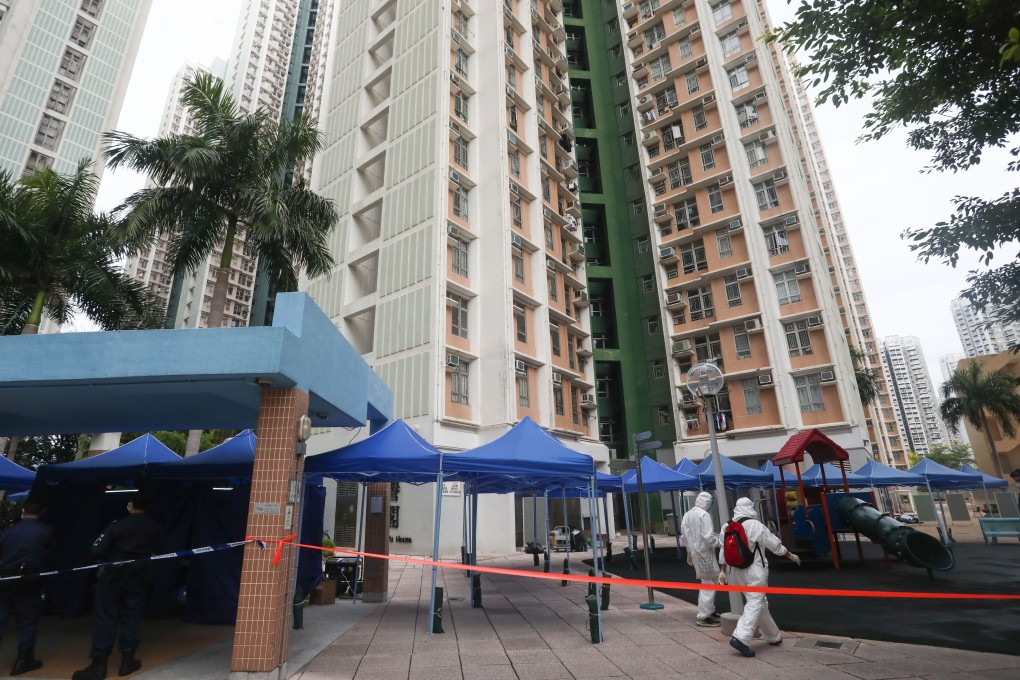Coronavirus: Hong Kong’s 42-day streak of zero untraceable local infections broken by case involving variant first found in Britain
- Case of pupil, 17, found with B.1.1.7 variant raises possibility of local transmission already occurring as patient has no recent travel history
- Girl’s mother among those who tested preliminary-positive on Saturday

Hong Kong ended its 42-day streak of zero local, untraceable Covid-19 infections on Saturday after confirming a case involving a variant first found in Britain, sparking fears of a potential border loophole that could allow mutant strains to trigger a fifth coronavirus wave.
Dr Ronald Lam Man-kin, controller of the Centre for Health Protection (CHP), said out of all 274 infections involving a variant detected in the city so far, only this one was locally transmitted.
“We need to take this case in the most serious manner,” Lam told a regular briefing, adding that 21 days of compulsory quarantine had been ordered for all of the patient’s about 100 close contacts.
“With this new variant case, we cannot lower our guard. We need to get vaccinated to possibly stop the next wave from happening.”